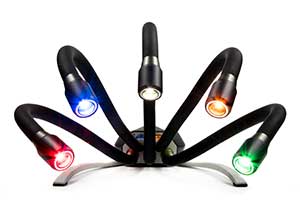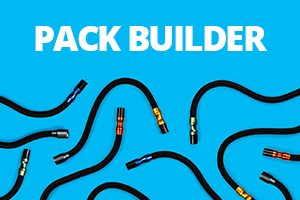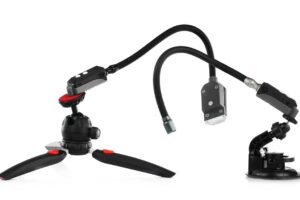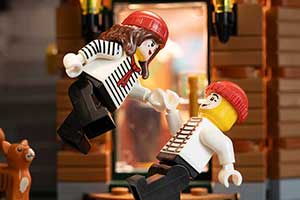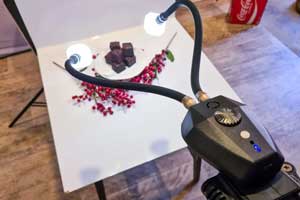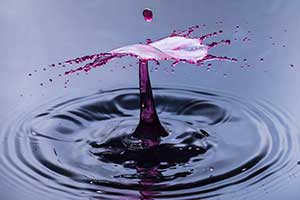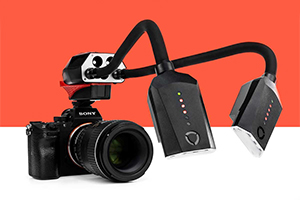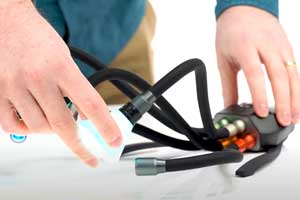They say “The best camera is the one you have with you” – never has this been more apparent than today, with the vast majority of us carrying a camera with us 24/7 in the form of a phone. With this in mind, we have been taking the time to use the Adaptalux Studio with some phone photography, to see what can be achieved with some continuous lighting and phone cameras.



We tired our phone photography using a Samsung Galaxy S8+ and an iPhone 5s. Although the clarity through phone lenses will never match the overall image quality of an SLR lens, we were still particularly impressed with the results. We took the phones out into the Adaptalux HQ garden on a cloudy day, to see how they perform with the Adaptalux Studio.
The first shots we got, you can see above, were in a dark corner of the garden against the fence. We found some bolts that would look great with some red and amber lighting arms to give a rusty, industrial look. The spider web – a bit of blue and red mixed to create a spooky purple glow, with the white LEDs highlighting the edge of the web.
Macro photography with a phone camera is notoriously tricky, but macro lighting is a big part of what makes the Adaptalux Studio great, so we wanted to get as close as possible with our cameras. We were very pleased with the phone’s ability to focus down to a very short distance from the screws and capture the dramatic effects of the studio.

There was plenty of ambient light available for this shot of a rose, but the phone shots could be dramatically improved with some additional fill in light and colour provided by the studio.


We made good use of the Android phone’s advanced “pro” camera function, that gives the user access to normal camera functions like shutter speed, iso and manual focus. Shutter speed was particularly useful as the daylight + Studio lights resulted in a very bright subject. Most phone cameras have a fixed aperture, so pushing the shutter speed up to very fast speeds and the iso as low as possible is the only way to control excess light coming into the camera, unless you have a spare ND filter you can hold in front of the lens.


Our next stop in the garden proved to be quite an interesting macro photography subject. With the versatility of the lights, we got several unique looking images from the same plant. The first shot was shot with 2 white lighting arms, just to fill and accentuate the natural purple colours. The second shot looks almost alien with Red and Amber Lighting arms, adding some drama!
Again we were impressed with how close the phone cameras would allow us to get, and the manual settings available in the advanced settings (or a 3rd party camera app in ther case of the iPhone) really helped to achieve some interesting shots. Advanced smartphones even allow for saving in RAW, for fine control in post processing.


Even getting close down to the gravel path proved to be interesting. Setting up blue and red lighting arms either side of a couple of jagged stones makes a sci-fi landscape when you get down to ground level.


Moving around and taking quick shots is certainly easier with a phone in hand, but getting down low and into tight spaces was where the phones showed off their versatility. The large screens and low profile of the phones makes shooting in awkward positions far easier.
So while we are not going to be replacing our SLRs and macro lenses with the new iPhone X, it’s still enjoyable and rewarding try some phone photography around the house, or out and about to see what kinds of close-up shots you can get with your mobile – especially when you have the right lighting to complement the subjects you find!

